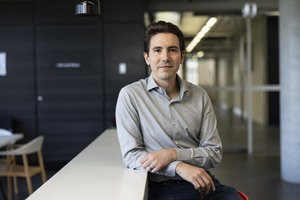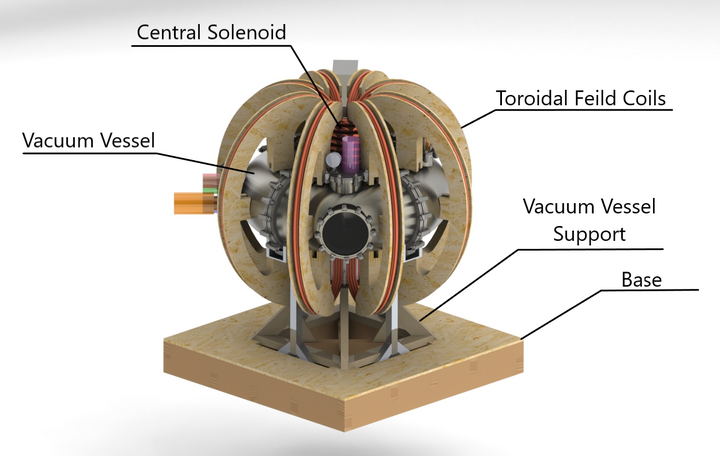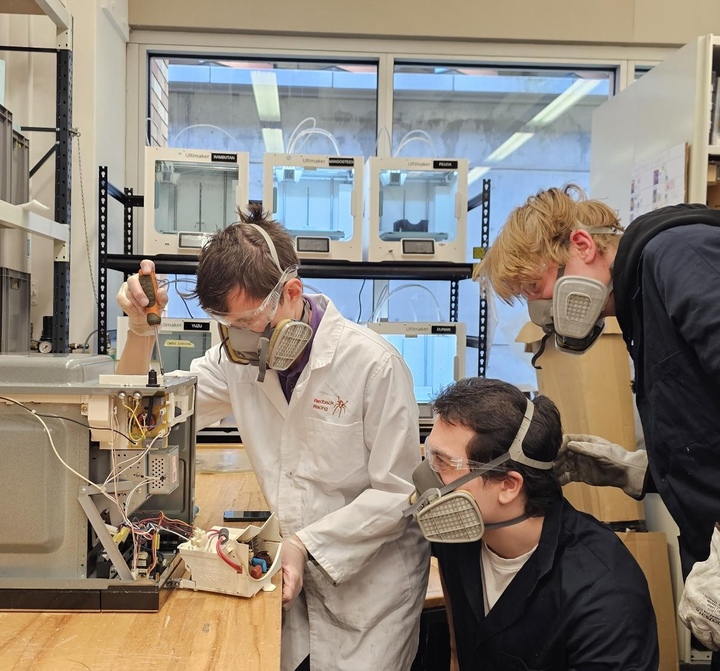A group of university students in a laboratory in Sydney is creating Australia's first Tokamak fusion reactor under the guidance of Associate Professor Patrick Burr. This device aims to replicate the sun's energy here on Earth. With advancements in technology and engineering, the dream of harnessing nuclear fusion to create limitless energy may become a reality within the next 10 to 20 years.
Fusion vs fission – what's the fuss?
Nuclear fusion and nuclear fission are both nuclear reactions that release energy, but they operate on fundamentally different principles and have distinct processes, benefits, and challenges.
The rising stars of fusion
In an exclusive interview with the Energy News Bulletin, Professor Burr detailed the efforts and challenges faced by his team at the University of New South Wales. With enthusiasm, he explained how this ambitious project involves a multidisciplinary team of undergraduates, including electrical, mechanical, chemical, aerospace and nuclear engineers. The goal is to train the next generation of fusion experts who will lead Australia into this new energy era.
"We're growing at a rapid pace," Burr noted. "By the end of next year, we aim to have a team of about 100 students. They're gaining hands-on experience that will prepare them for the future demands of the fusion industry."
The fusion industry, he explained, is ripe with potential but has yet to be explored in Australia. While companies like HB11 Energy in Sydney have made strides, the broader market is still emerging. For Burr and his students, this presents a unique opportunity to be at the forefront of a technology that could revolutionise energy production.
A network of opportunities
Burr emphasised that the fusion industry requires a wide array of components and expertise, creating opportunities for businesses across sectors. He mentioned ongoing partnerships with Sydney-based companies specialising in components like vacuum systems and supercapacitors, which are vital for fusion reactors.
"These companies might not have realised the opportunities within the fusion industry until we started collaborating," Burr said. "By joining our project, they're getting a foot in the door of a rapidly growing market."
The potential of these partnerships extends beyond the Australian border. Australian companies are already supplying components for tokamaks worldwide, signalling a growing presence in the global fusion market.
A vision for Australia's future
When asked about the potential for nuclear fusion to take hold in Australia, Burr's optimism was palpable. He envisions a future where Australia is a key player in the fusion industry, producing talent and technology that could lead the world.
"I wouldn't be in this game if I didn't think the opportunities were significant," Burr stated. "Fusion has the potential to provide abundant, clean energy and allow for universally accessible power.

It's a long-term mission akin to the Apollo space program, with many potential benefits along the way.
While the end goal of widespread fusion energy may still be years away, Burr is excited by the journey itself. He believes that the focus and coordination required to achieve fusion will lead to technological advancements and industry offshoots that could benefit society in the short term.
The political and social landscape
However, Burr acknowledges that the journey toward fusion is not just a technical challenge. It requires overcoming societal and political hurdles. The long-term nature of fusion development doesn't always align with the short-term focus of modern politics.
"Our society tends to focus on immediate needs and problems," he explained. "We need to invest in solutions that address future challenges, like decarbonisation and energy sovereignty, which will become more significant in the coming decades."
Despite these challenges, Burr remains confident that fusion energy is an inevitable part of our future. Recent surveys from the Fusion Industry Association reveal that many in the field believe commercial fusion could be viable within the next 15 years.
The path forward
The team has opted to begin with a Tokamak due to its established technological maturity. However, they plan to transition to more advanced designs, such as laser-fusion devices, in subsequent iterations, with these innovations slated for inclusion in version two or three of their project.
Every new machine will be better, stronger, and faster than the previous one. This approach allows us to address specific research questions and partner with different companies to push the boundaries of what's possible.

A global industry in the making
The conversation naturally turned to the future global industry that commercial fusion power could spark. Burr is hopeful that Australia will play a significant role in this new energy frontier.
"The private sector in Australia is relatively young, but we are making progress and gaining expertise," he said. "There is a risk of being left behind, but I believe we are taking the right steps to mitigate that risk."
However, he also acknowledged the challenges investors face in finding opportunities within the fusion industry, as most companies remain privately funded. He hinted at a future where investment opportunities might expand as the industry matures.
Training the next generation
Burr is not just focused on building machines but on developing talent. The hands-on experience his students gain through this project is crucial for preparing them to meet the demands of the fusion industry.

"This project aims to train future graduates to be ready for the opportunities that arise in the fusion field," he said. "Startup companies worldwide are competing for the same pool of graduates, and I am working to expand that pool once again."
As Burr and his team continue their work, they embody a spirit of innovation and possibility. In the realm of nuclear fusion, Australia stands on the precipice of a new age of energy with the potential to reshape the world as we know it.
Want to learn more about Nuclear fusion?
























